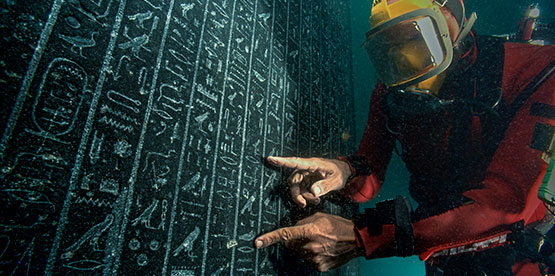Egypt and Kush: Superpowers of the Nile Valley
with Dr. Caroline M. Rocheleau, Egyptologist & Curator of Ancient Art, Project Director, Bacchus Conservation Project, North Carolina Museum of Art
Fri, Sep 25, 2020 | 6:30–7:30 pm
Join Nubiologist/Egyptologist Caroline Rocheleau as she explores the complex relationship between the two superpowers of the ancient Nile Valley. Discover the similarities and differences between Egypt and its southern neighbor, the Kingdom of Kush in Nubia, and learn how differently the two were perceived by early explorers and the West.
Speaker Bio
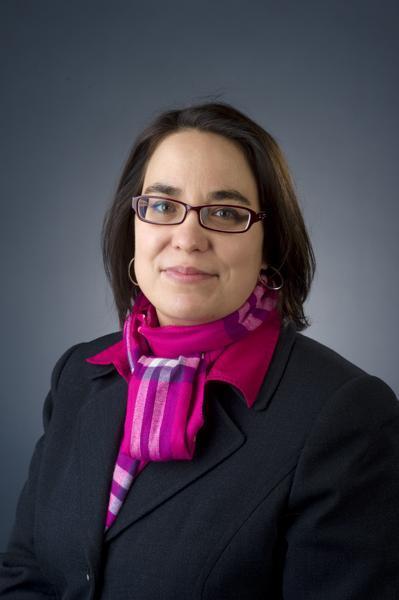 Caroline Rocheleau obtained her PhD in 2005 from the University of Toronto, Canada, in Egyptology and Nubiology with a focus on the art, architecture, and archaeology of ancient Egypt and Sudan. She currently serves as Curator of Ancient Art at the North Carolina Museum of Art (NCMA), overseeing the archaeological collections of the ancient Mediterranean and ancient Americas. Rocheleau is the author of Ancient Egyptian Art (2012), the first catalogue entirely devoted to the Egyptian collection at the NCMA and Amun Temples in Nubia, and A Typological Study of New Kingdom, Napatan, and Meroitic Temples (2008). She has lectured widely on ancient Egypt and Sudan in North America and abroad. Rocheleau is a board member of the International Committee for Egyptology, part of the International Council of Museums (ICOM).
Caroline Rocheleau obtained her PhD in 2005 from the University of Toronto, Canada, in Egyptology and Nubiology with a focus on the art, architecture, and archaeology of ancient Egypt and Sudan. She currently serves as Curator of Ancient Art at the North Carolina Museum of Art (NCMA), overseeing the archaeological collections of the ancient Mediterranean and ancient Americas. Rocheleau is the author of Ancient Egyptian Art (2012), the first catalogue entirely devoted to the Egyptian collection at the NCMA and Amun Temples in Nubia, and A Typological Study of New Kingdom, Napatan, and Meroitic Temples (2008). She has lectured widely on ancient Egypt and Sudan in North America and abroad. Rocheleau is a board member of the International Committee for Egyptology, part of the International Council of Museums (ICOM).
Re-Membering Osiris: Overcoming Death in Ancient Egypt
with Dr. Robert Ritner, Professor of Egyptology at the Oriental Institute of the University of Chicago
Sun, Oct 25, 2020 | 2:30–3:30 pm
This lecture will examine the underlying mythology, symbolism, and festival rituals for Osiris, the Egyptian god of the dead, focusing on the rites of reanimation celebrated at the now sunken city of Canopus on the Mediterranean coast.
Speaker Bio
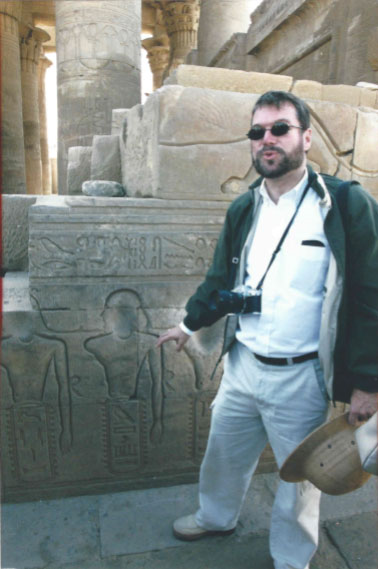 Robert K. Ritner is the inaugural Rowe Professor of Egyptology at the Oriental Institute of the University of Chicago and was from 1991 to 1996 the first Marilyn M. Simpson Assistant Professor of Egyptology at Yale University. Dr. Ritner is the author of the books The Joseph Smith Egyptian Papyri: A Complete Edition (2011), The Libyan Anarchy: Inscriptions from Egypt’s Third Intermediate Period (2009), and The Mechanics of Ancient Egyptian Magical Practice (1993), and contributing editor for the anthologies The Literature of Ancient Egypt (2003), and The Context of Scripture (1997–2002). He is currently publishing a Roman era Demotic curse employing a ghost and Anubis to compel a man to have sex with a woman.
Robert K. Ritner is the inaugural Rowe Professor of Egyptology at the Oriental Institute of the University of Chicago and was from 1991 to 1996 the first Marilyn M. Simpson Assistant Professor of Egyptology at Yale University. Dr. Ritner is the author of the books The Joseph Smith Egyptian Papyri: A Complete Edition (2011), The Libyan Anarchy: Inscriptions from Egypt’s Third Intermediate Period (2009), and The Mechanics of Ancient Egyptian Magical Practice (1993), and contributing editor for the anthologies The Literature of Ancient Egypt (2003), and The Context of Scripture (1997–2002). He is currently publishing a Roman era Demotic curse employing a ghost and Anubis to compel a man to have sex with a woman.
Ritner has authored over one hundred publications on Egyptian religion, magic, medicine, language, and literature, as well as social and political history. He has lectured extensively on each of these topics throughout the United States, Europe, and Egypt. He has served as visiting professor at the École Pratique des Hautes Études in Paris in 2009 and at the University of Pennsylvania in Philadelphia in 2003. In association with The Field Museum of Chicago, Dr. Ritner was the academic advisor for its current Egypt installation and for two British Museum exhibits Cleopatra of Egypt: From History to Myth and Eternal Egypt. In addition, he served as consultant and lecturer for the traveling Cairo Museum exhibit Quest for Immortality: Treasures of Ancient Egypt. Ritner led Oriental Institute tours of Egypt for thirty years.
This program is presented in partnership with VCUarts through the generous support of The Whitfield Foundation and is co-sponsored by the Richmond Society of the Archaeological Institute of America.
The Maritime History & Archaeology of Ancient Egypt
with Dr. Pearce Paul Creasman, Archaeologist and Director of the American Center of Oriental Research
Sun Nov 15, 2020 | 2:30–3:30 pm
With their reliance on the Nile, oases, and seas, it should come as no surprise that the ancient inhabitants of Egypt incorporated the life-sustaining waters in their material and spiritual worlds. Indeed, ancient Egyptian, Greek, and Roman ingenuity often circumvented natural geological barriers, resulting in the redirection of these bodies of water, if only partial or temporary (e.g., for irrigation, military transport). Diverse archaeological and historical investigations of maritime interaction during Egypt’s ancient periods abound. This presentation provides a brief history and review of the field of study, discussing topics as diverse as early dynastic (ca. 3000 BC) boat burials found on land at Abydos, Ramesside (ca. 1200 BC) tax levies on imported ship cargoes, and underwater excavations of the Ptolemaic (ca. 300 BC) harbor at Alexandria and identifies possible avenues for future work.
Speaker Bio
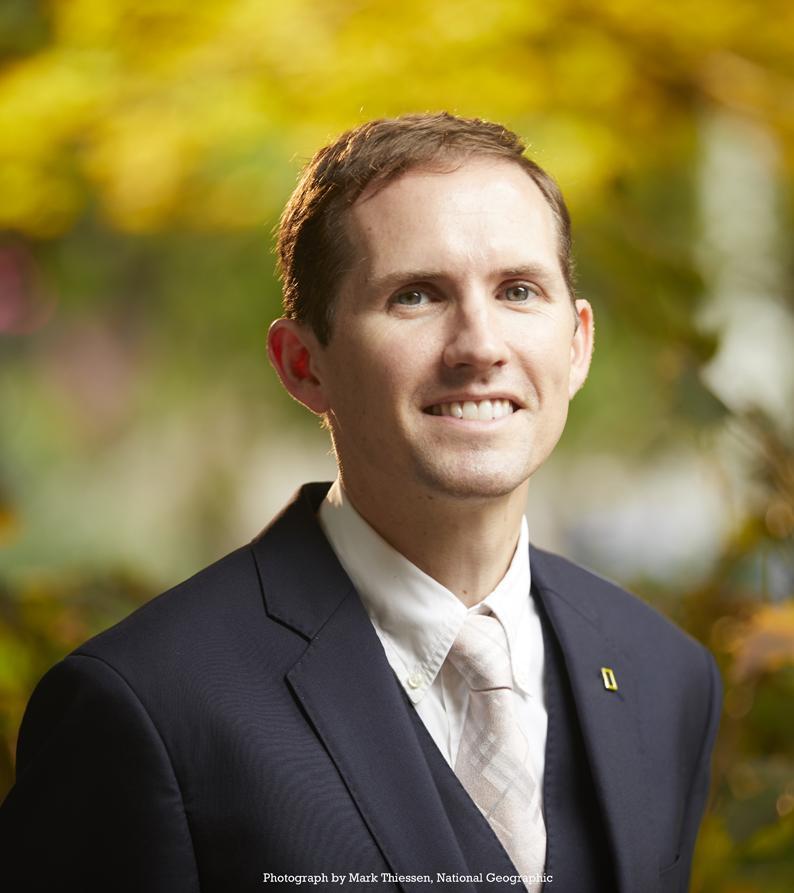 Pearce Paul Creasman, PhD, is an archaeologist and director of the American Center of Oriental Research. Having worked along the Nile River for nearly twenty years, his current excavations are at the pyramids and royal necropolis of Nuri, Sudan: part of a UNESCO World Heritage Site that served as the cemetery for more than eighty Kushite kings and queens, including the biblical pharaoh Taharqa. As a result of human interventions and climate change, the tombs of the kings underneath their pyramids are now submerged, necessitating underwater excavation. Previously a professor at the University of Arizona, where he remains as affiliated faculty, Pearce Paul is author or co-author of 100 scholarly articles and eight edited volumes, including Pharaoh’s Land and Beyond: Ancient Egypt and Its Neighbors (Oxford University Press 2017). His work has been formally recognized by The White House’s Office of Science & Technology Policy, the National Geographic Society, and others, and, as a result, he has been made a fellow of such organizations as the Explorer’s Club, the Royal Geographical Society, and the Linnean Society.
Pearce Paul Creasman, PhD, is an archaeologist and director of the American Center of Oriental Research. Having worked along the Nile River for nearly twenty years, his current excavations are at the pyramids and royal necropolis of Nuri, Sudan: part of a UNESCO World Heritage Site that served as the cemetery for more than eighty Kushite kings and queens, including the biblical pharaoh Taharqa. As a result of human interventions and climate change, the tombs of the kings underneath their pyramids are now submerged, necessitating underwater excavation. Previously a professor at the University of Arizona, where he remains as affiliated faculty, Pearce Paul is author or co-author of 100 scholarly articles and eight edited volumes, including Pharaoh’s Land and Beyond: Ancient Egypt and Its Neighbors (Oxford University Press 2017). His work has been formally recognized by The White House’s Office of Science & Technology Policy, the National Geographic Society, and others, and, as a result, he has been made a fellow of such organizations as the Explorer’s Club, the Royal Geographical Society, and the Linnean Society.
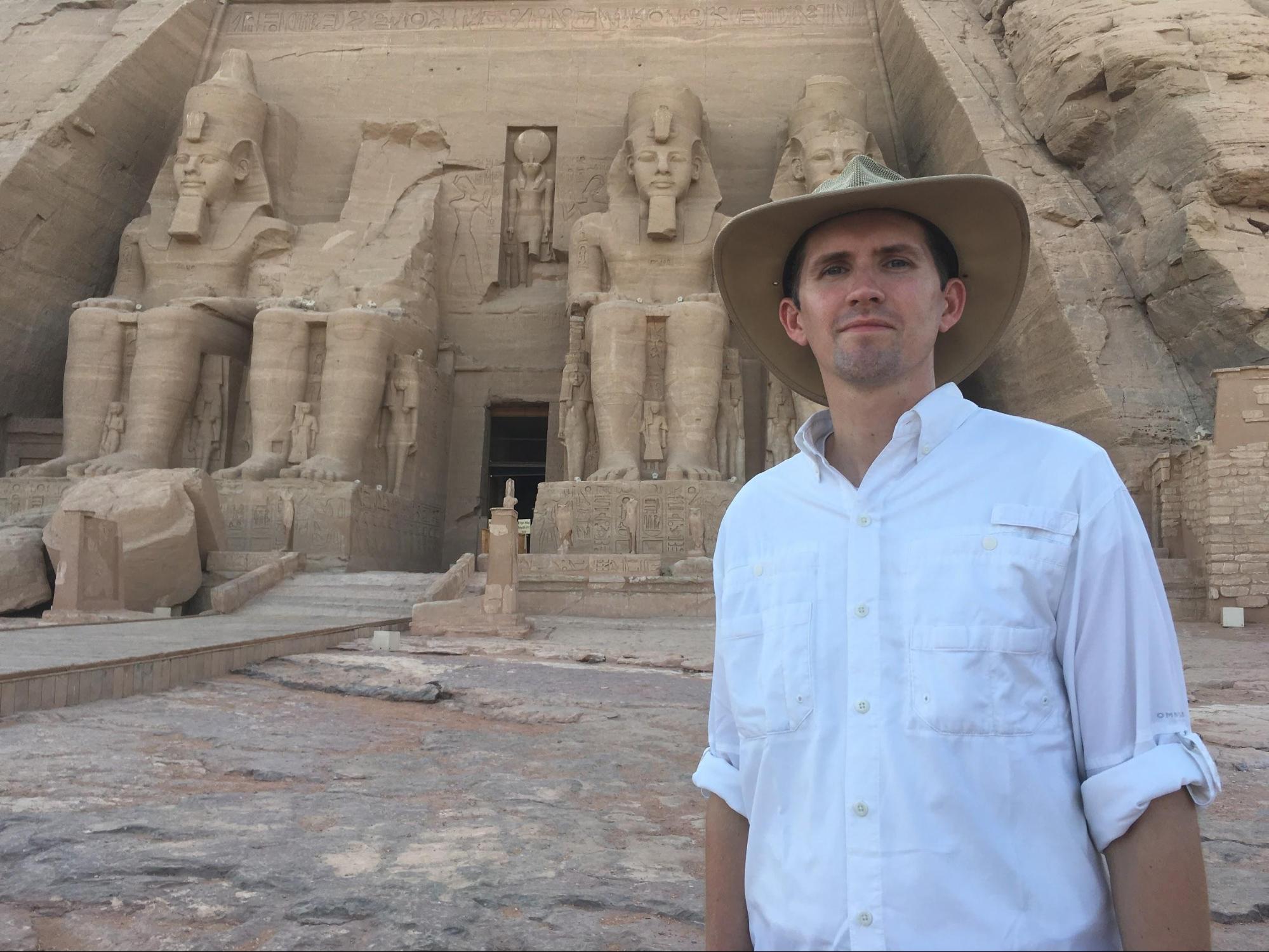
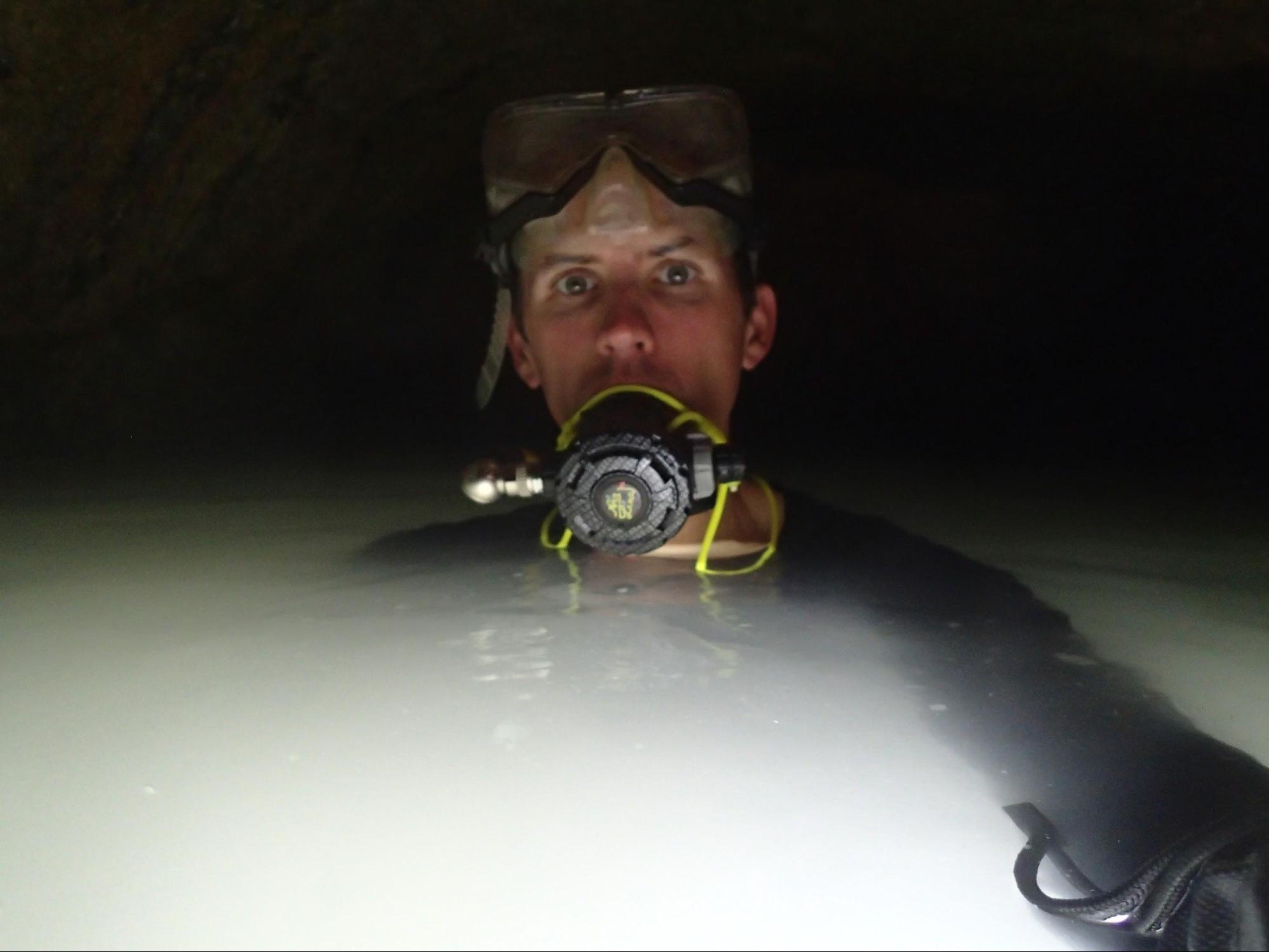
The Art of Object Conservation
with Elsa Sanguoard, Senior Conservator, USS Monitor Center, Newport News, VA, in conversation with Ainslie Harrison, Associate Objects Conservator, VMFA,moderated by Dr. Peter Schertz, Jack and Mary Ann Frable Curator of Ancient Art, VMFA
Fri, Dec 11, 2020 | 6:30–7:30 pm
Join experts in the field of conservation for a discussion about the different techniques and strategies needed to stabilize objects for display. VMFA’s Ainslie Harrison, Associate Objects Conservator, VMFA, will be joined by Elsa Sangouard, Senior Conservator for the USS Monitor Center in Newport News, for a conversation highlighting their past and recent efforts to conserve key works of art and archaeology.
Speaker Bios
 After completing her MA in Archaeology at the University of Nantes, France, Elsa Sangouard pursued conservation studies with a specialization in archaeology and ethnography at the Heaa-Arc of Neuchâtel, Switzerland. She completed her conservation degree with a post-graduate position in conservation at The Mariners Museum and Park’s USS Monitor project where she was subsequently employed from 2008 to 2012. She then worked as a conservator for the Swiss National Museum in Affoltern am Albis, Switzerland, where she had the chance to treat many freshly excavated artifacts dating anywhere from the Neolithic to the Middle age. Elsa rejoined the USS Monitor Center team in January 2016. Her expertise focuses on the conservation of waterlogged organic and composite (organic-metal) artifacts such as the gun carriages of the USS Monitor.
After completing her MA in Archaeology at the University of Nantes, France, Elsa Sangouard pursued conservation studies with a specialization in archaeology and ethnography at the Heaa-Arc of Neuchâtel, Switzerland. She completed her conservation degree with a post-graduate position in conservation at The Mariners Museum and Park’s USS Monitor project where she was subsequently employed from 2008 to 2012. She then worked as a conservator for the Swiss National Museum in Affoltern am Albis, Switzerland, where she had the chance to treat many freshly excavated artifacts dating anywhere from the Neolithic to the Middle age. Elsa rejoined the USS Monitor Center team in January 2016. Her expertise focuses on the conservation of waterlogged organic and composite (organic-metal) artifacts such as the gun carriages of the USS Monitor.
 Ainslie Harrison is Associate Objects Conservator at the Virginia Museum of Fine Arts where she has worked since 2016. She received her MA in Art Conservation from Queen’s University, specializing in artifact conservation, and went on to hold fellowships at the Smithsonian’s Museum Conservation Institute, the National Museum of the American Indian, the Penn Museum, and the Metropolitan Museum of Art. She also worked as an objects conservator at the National Museum of American History and was archaeological conservator for sites in Panama and Turkey. Harrison held a Fulbright Fellowship to Italy in 2005, studying archaeological heritage management and participating in excavations through the Universitá di Venezia Ca’ Foscari.
Ainslie Harrison is Associate Objects Conservator at the Virginia Museum of Fine Arts where she has worked since 2016. She received her MA in Art Conservation from Queen’s University, specializing in artifact conservation, and went on to hold fellowships at the Smithsonian’s Museum Conservation Institute, the National Museum of the American Indian, the Penn Museum, and the Metropolitan Museum of Art. She also worked as an objects conservator at the National Museum of American History and was archaeological conservator for sites in Panama and Turkey. Harrison held a Fulbright Fellowship to Italy in 2005, studying archaeological heritage management and participating in excavations through the Universitá di Venezia Ca’ Foscari.
 Dr. Peter Justin Moon Schertz has served as curator of Ancient Art since October 2006 and the Jack and Mary Ann Frable Curator of Ancient Art since 2007. He received a Certificate of Museum Studies in 1997 and a PhD in classical art and archaeology in 2004 from the University of Southern California, where he wrote the dissertation Seer or Victim? The Figure of Marsyas in Roman Art, Religion, and Politics under the supervision of John Pollini. He received his BA in classical languages and literature from the University of Chicago in 1987. His specialty is Roman art, with a focus on the intersection of art and culture, particularly art and religion. His current projects include a study of the original polychromy of the Arch of Titus and an examination of the Second Temple in Jerusalem in its Roman context. He is particularly interested in how new technologies can help us understand and interpret ancient art.
Dr. Peter Justin Moon Schertz has served as curator of Ancient Art since October 2006 and the Jack and Mary Ann Frable Curator of Ancient Art since 2007. He received a Certificate of Museum Studies in 1997 and a PhD in classical art and archaeology in 2004 from the University of Southern California, where he wrote the dissertation Seer or Victim? The Figure of Marsyas in Roman Art, Religion, and Politics under the supervision of John Pollini. He received his BA in classical languages and literature from the University of Chicago in 1987. His specialty is Roman art, with a focus on the intersection of art and culture, particularly art and religion. His current projects include a study of the original polychromy of the Arch of Titus and an examination of the Second Temple in Jerusalem in its Roman context. He is particularly interested in how new technologies can help us understand and interpret ancient art.
Cleopatra’s World: Greeks, Egyptians and the Fusion of Culture
with Dr. Jeremy McInerney, Professor of Classical Studies, UPENN
Thu, Jan 14, 2021 | 6:30–7:30 pm
After Alexander the Great’s Conquest of the Persian Empire Egypt was seized by Ptolemy, who established a dynasty that ruled Egypt for 300 years. During the Ptolemaic period the civilization that flourished in the Nile Valley was a true hybrid of Greek and Egyptian cultures. In this lecture we examine how Egyptians and Greeks dealt with each other, how Egyptian culture changed as a result of the occupation by Greeks and how Greek culture was transformed as well. The story of Hellenistic Egypt is a fascinating tale of exploitation, resistance, of innovation and invented tradition, of continuity and change. In the last three centuries before the emergence of Rome as a the superpower of the Mediterranean the fusion of cultures in the Nile Valley and Delta made Egypt one of the most innovative cultures of the ancient Mediterranean. This was the kingdom and culture that Cleopatra inherited and which nearly beat Rome for Mediterranean dominance.
Speaker Bio
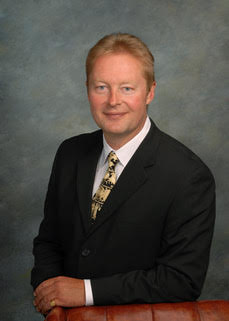 Jeremy McInerney is Professor of Classical Studies at the University of Pennsylvania, where he teaches Greek history. He has done research on ethnicity and landscape, and his current research is focused on the function of hybridity in Greek culture. He has also recently published studies of the temple of Hephaistos at Athens. He is the author of The Folds of Parnassos (1999), a book on state formation in Archaic Greece and The Cattle of the Sun (2010), a book dealing with the importance of cattle-raising, meat and sacrifice in the culture of ancient Greece. He is editor of Blackwell’s Companion to Ethnicity in the Ancient Mediterranean (2014) and co-editor (with Ineke Sluiter) of Landscapes of Value: Natural Environment and Cultural Imagination in Classical Antiquity (2016). In 2018 Thames and Hudson published his new history of ancient Greece, entitled Greece in the Ancient World. He serves on the Managing Committee of the American School of Classical Studies at Athens.
Jeremy McInerney is Professor of Classical Studies at the University of Pennsylvania, where he teaches Greek history. He has done research on ethnicity and landscape, and his current research is focused on the function of hybridity in Greek culture. He has also recently published studies of the temple of Hephaistos at Athens. He is the author of The Folds of Parnassos (1999), a book on state formation in Archaic Greece and The Cattle of the Sun (2010), a book dealing with the importance of cattle-raising, meat and sacrifice in the culture of ancient Greece. He is editor of Blackwell’s Companion to Ethnicity in the Ancient Mediterranean (2014) and co-editor (with Ineke Sluiter) of Landscapes of Value: Natural Environment and Cultural Imagination in Classical Antiquity (2016). In 2018 Thames and Hudson published his new history of ancient Greece, entitled Greece in the Ancient World. He serves on the Managing Committee of the American School of Classical Studies at Athens.
